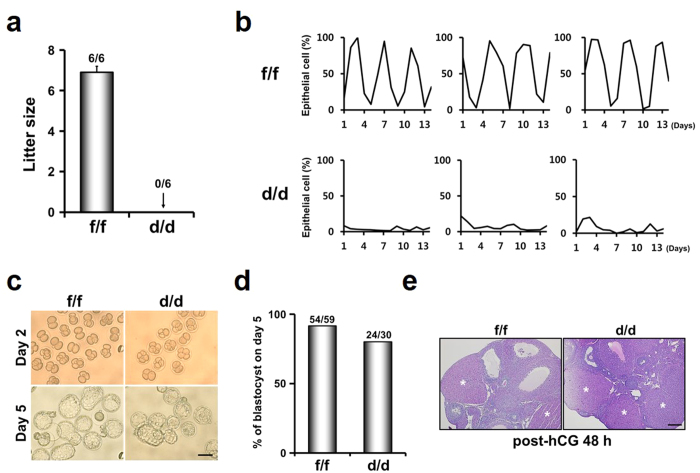Figure 2. Acyclic infertility of Dgcr8d/d (Dgcr8f/f;PRcre/+) mice with normal ovarian function.
(a) Pregnancy outcomes in Dgcr8f/f and Dgcr8d/d mice. Numbers above bars indicate the number of mice with litters/total number of mice examined. (b) Examination of estrous cycle in Dgcr8d/d mice. Graphs show % change in epithelial cells/total cells observed on slides by a vaginal smear method for a 2-week period (n = 3 to 8 per each genotype). Note that a cyclic change of the epithelial cell percentage did not occur in Dgcr8d/d mice. (c,d) Comparable ovulation, fertilization and embryo development in Dgcr8d/d mice. Pregnancy of 8-week-old Dgcr8f/f and Dgcr8d/d mice (n = 4 per each genotype) was induced by a superovulation regime with PMSG followed by hCG and mating with wild-type mature males with proven fertility. Microscopic images of 2-cell embryos flushed from oviducts at post-hCG 48 h (Day 2) and blastocysts cultured from the 2-cell stage for 3 days in vitro (Day 5). The percentage of 2-cell embryos that developed to blastocysts in vitro was not different from each other. The numbers above the bars indicate the number of blastocysts/total number of embryo. scale bar: 100 μm. (e) Histological analyses for the ovaries of Dgcr8f/f and Dgcr8d/d mice collected at post-hCG 48 h. Note that the corpus luteum (CL) in Dgcr8d/d mice was similar to that of control Dgcr8f/f mice. * indicates CL corpus luteum, scale bar: 200 μm.

